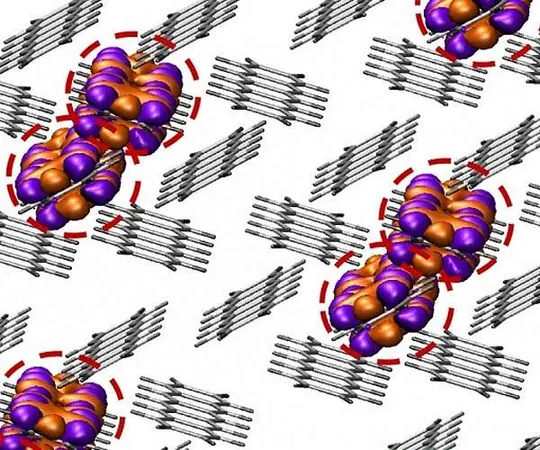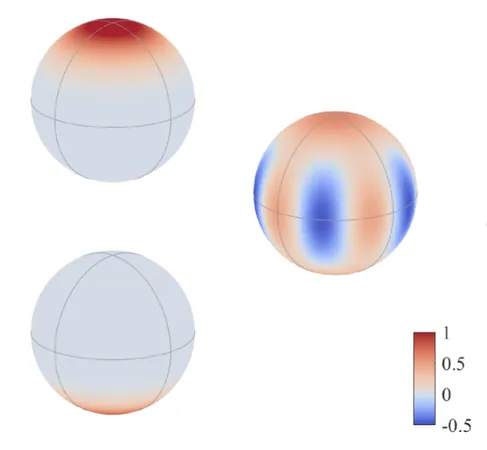
Revolutionary Discovery Boosts Energy Production: Singlet Fission Efficiency Leaps Forward!
2024-11-03
Author: Wei Ling
In an exciting breakthrough from Tokyo, researchers have uncovered a novel method to significantly enhance energy production through the phenomenon known as singlet fission (SF). This innovative approach, led by Professor Nobuo Kimizuka and his team at Kyushu University, focuses on the manipulation of molecular structures to improve the efficiency of SF, a process that has the potential to transform the field of renewable energy.
Singlet fission is a process in which a single photon absorbed by a compound can generate two triplet excitons rather than one, effectively doubling the energy output from sunlight. This occurs in organic molecules when an electron pairs with a positive charge counterpart—or hole—known as an exciton. Until recently, efforts to optimize this process have primarily relied on solid samples, leaving a gap in the understanding of how molecular organization affects SF efficiency when using more adaptable molecular assemblies.
In their cutting-edge study published in Advanced Science, the team demonstrated that introducing chirality into chromophores—the light-absorbing molecules—can dramatically improve the efficiency of singlet fission. By creating self-assembled aqueous nanoparticles with chiral p-electron chromophores, they were able to achieve an impressive triplet quantum yield of 133% and a staggering rate constant of 6.99 × 10^9 s^-1. In contrast, their experiments revealed that non-chiral counterparts failed to engage in the singlet fission process.
The researchers meticulously explored the role of counterions in this SF process. They discovered that the presence of ammonium molecules was pivotal in aligning the chromophores effectively, which in turn influenced the overall structural regularity and intermolecular interactions. This insight is key, as optimizing these parameters directly impacts the efficiency of energy conversion and has wide-reaching implications for various high-tech applications such as solar cells and photocatalysts.
Kimizuka emphasized that their findings not only advance the current understanding of singlet fission but also pave the way for innovative applications in energy science and materials design. "Our research offers a new framework for conceptualizing and designing molecular architectures that harness singlet fission effectively—tomorrow's green technology might very well be built on these insights," he stated.
This remarkable discovery opens the door to future explorations into chiral molecular assemblies in organic media and thin films, potentially revolutionizing solar energy capture and photocatalytic processes. As the world seeks sustainable energy solutions, advancements like these underscore the importance of interdisciplinary research in tackling pressing global challenges.
Stay tuned as we continue to follow these exciting developments in energy technology that could reshape our approach to renewable energy!




 Brasil (PT)
Brasil (PT)
 Canada (EN)
Canada (EN)
 Chile (ES)
Chile (ES)
 España (ES)
España (ES)
 France (FR)
France (FR)
 Hong Kong (EN)
Hong Kong (EN)
 Italia (IT)
Italia (IT)
 日本 (JA)
日本 (JA)
 Magyarország (HU)
Magyarország (HU)
 Norge (NO)
Norge (NO)
 Polska (PL)
Polska (PL)
 Schweiz (DE)
Schweiz (DE)
 Singapore (EN)
Singapore (EN)
 Sverige (SV)
Sverige (SV)
 Suomi (FI)
Suomi (FI)
 Türkiye (TR)
Türkiye (TR)